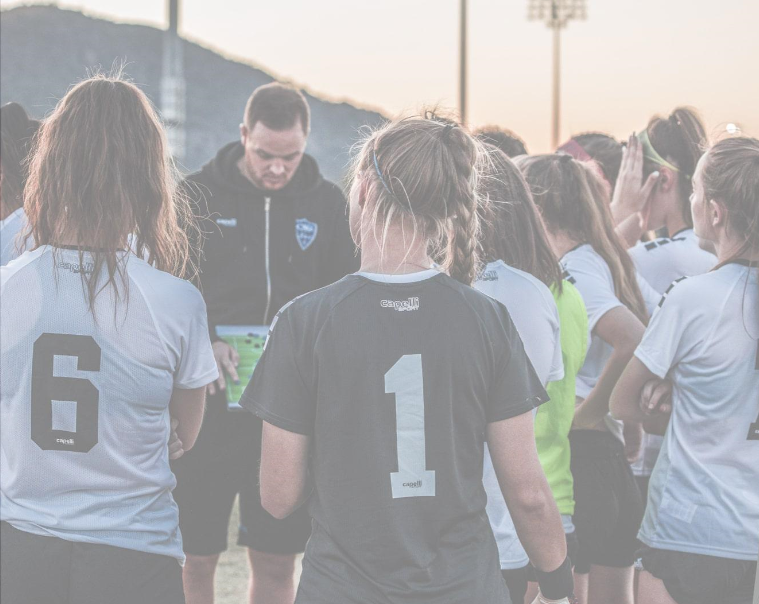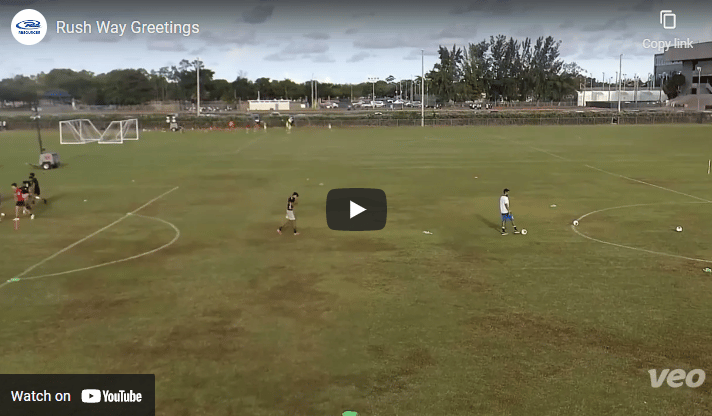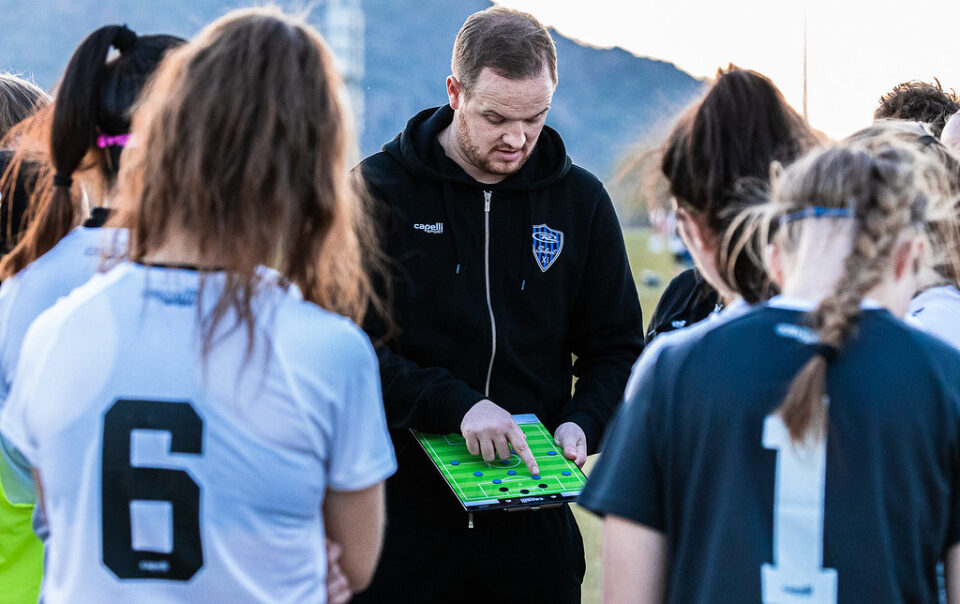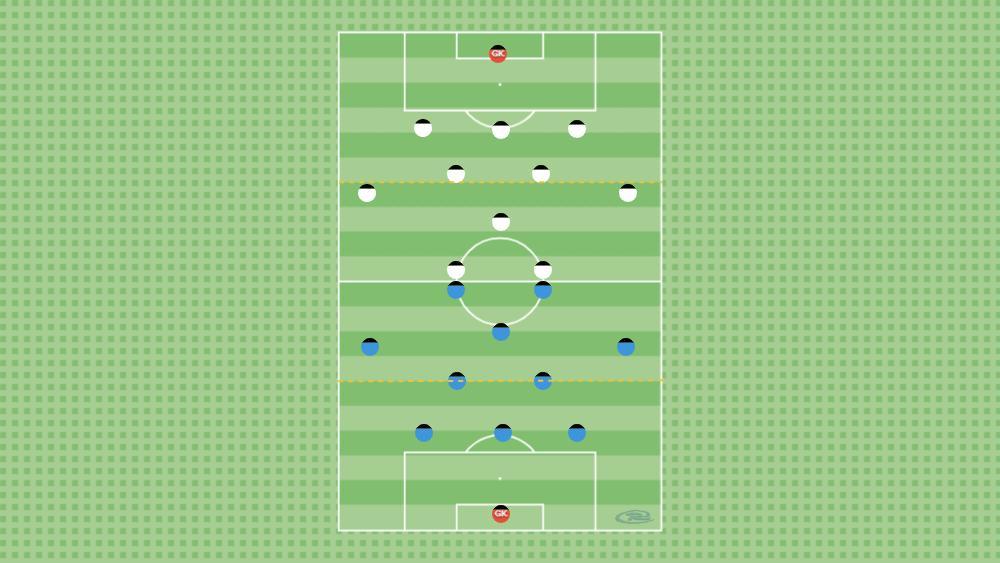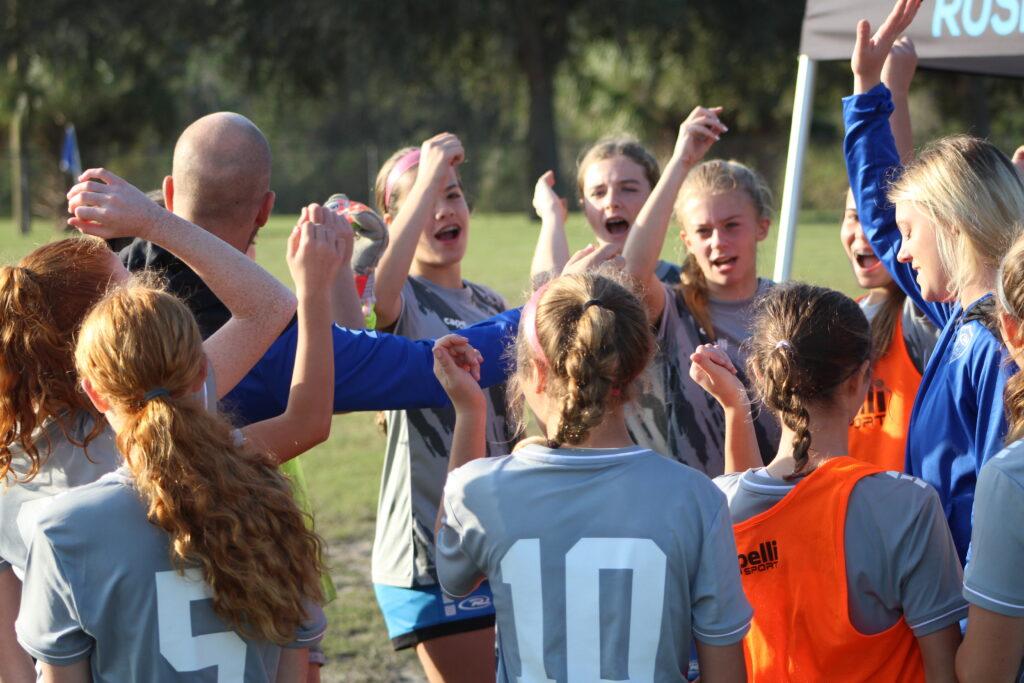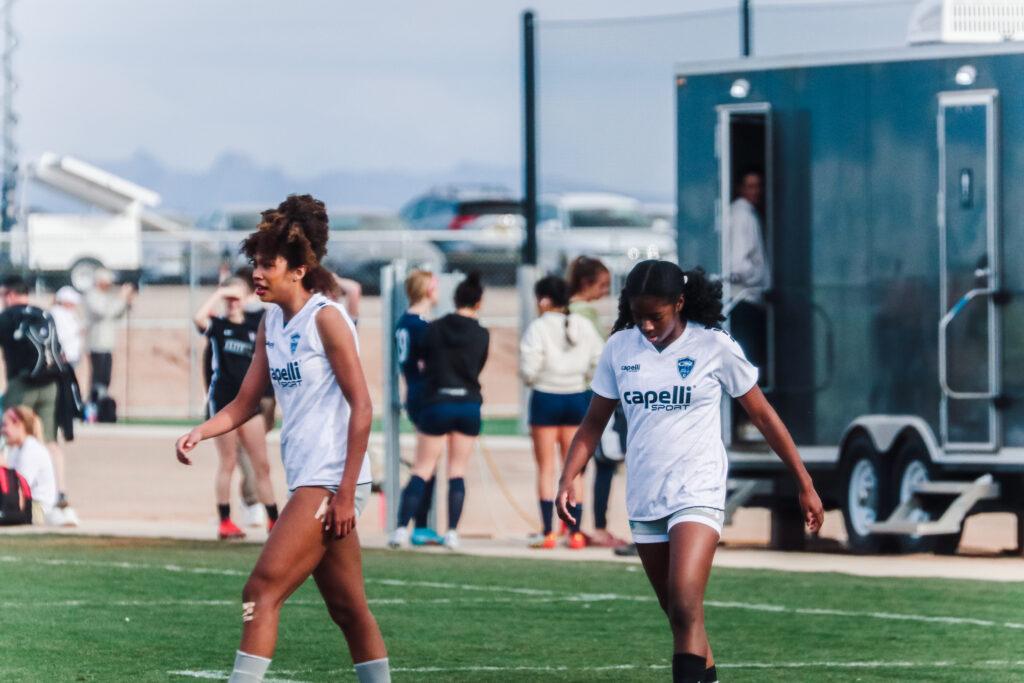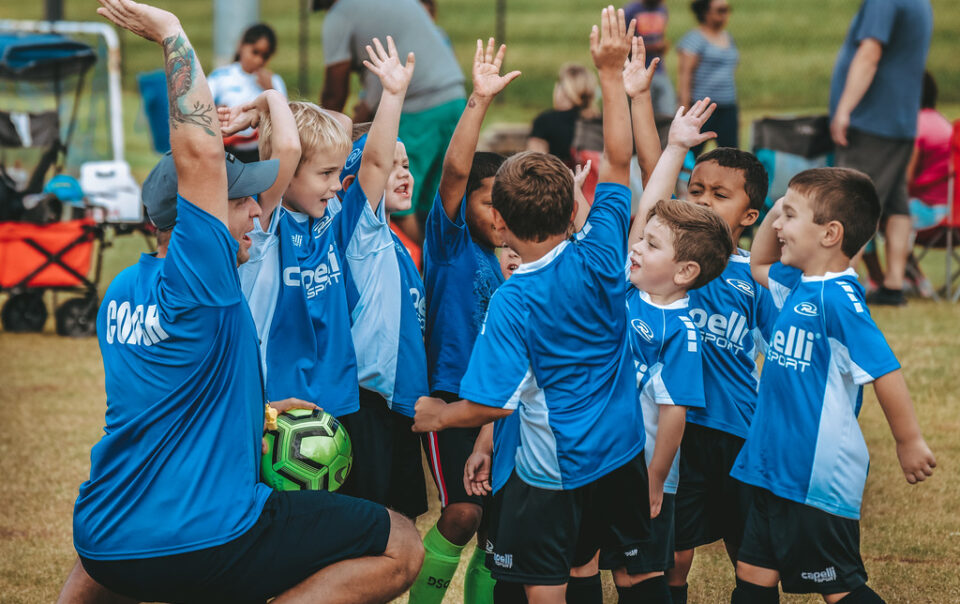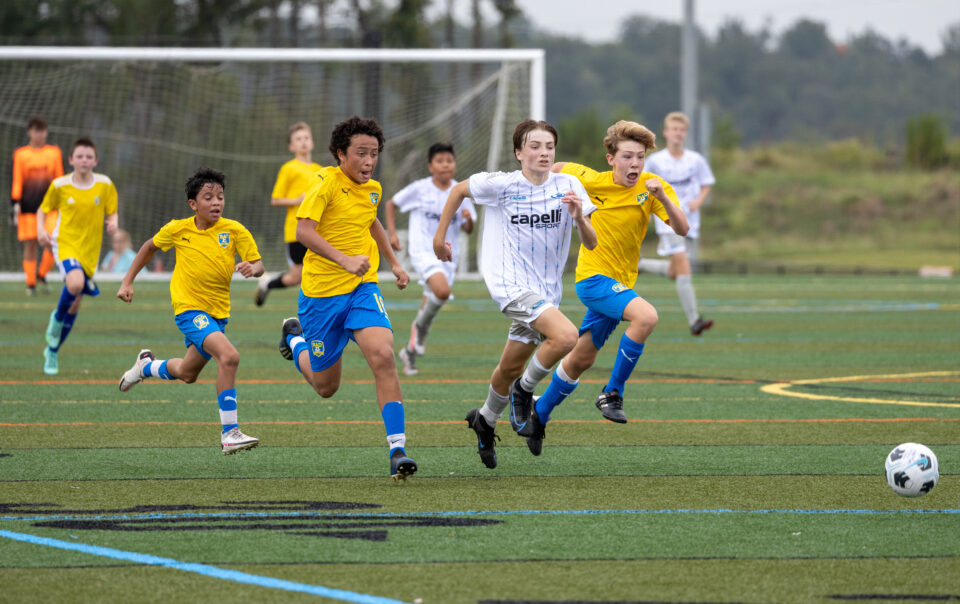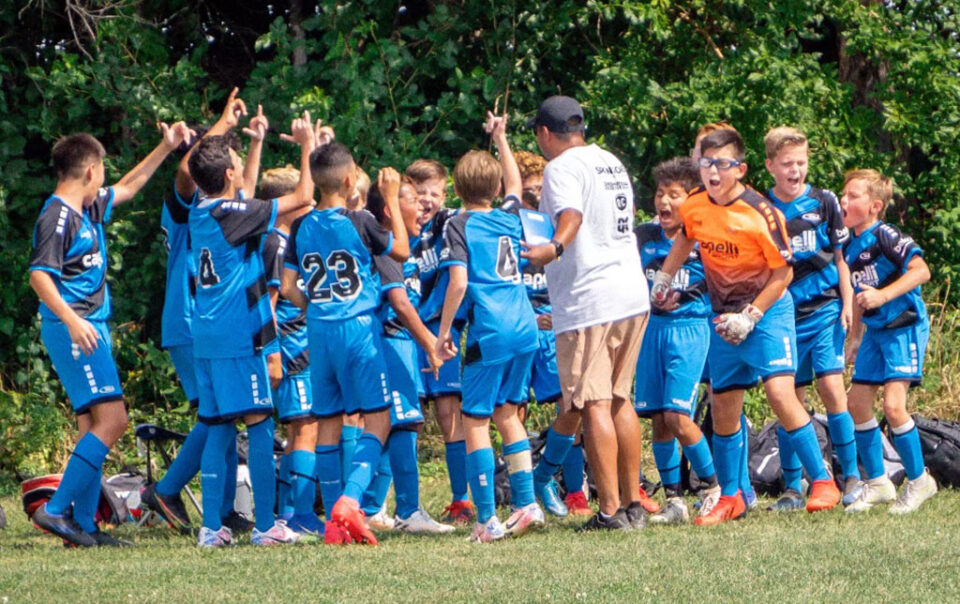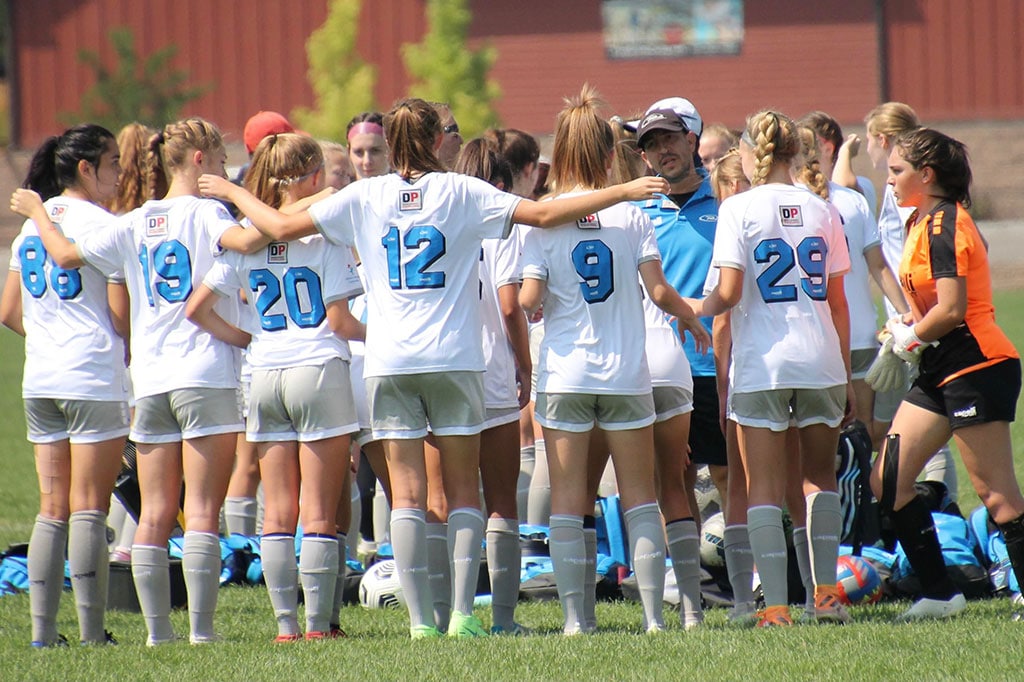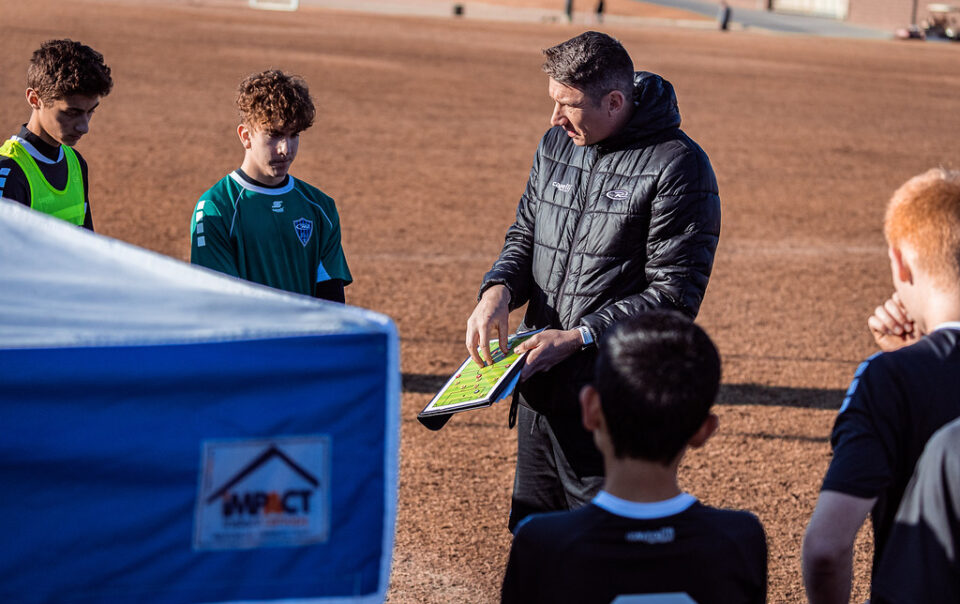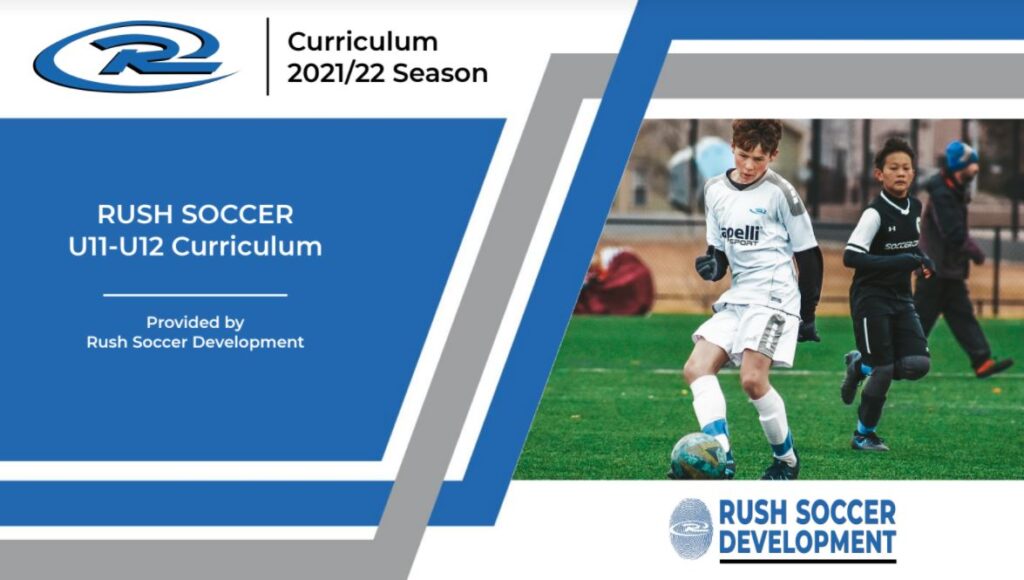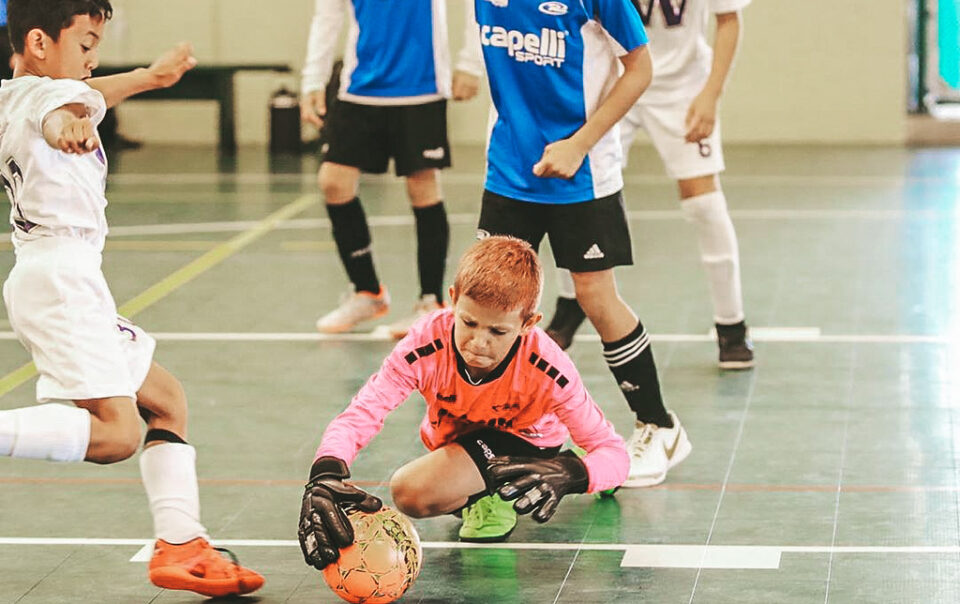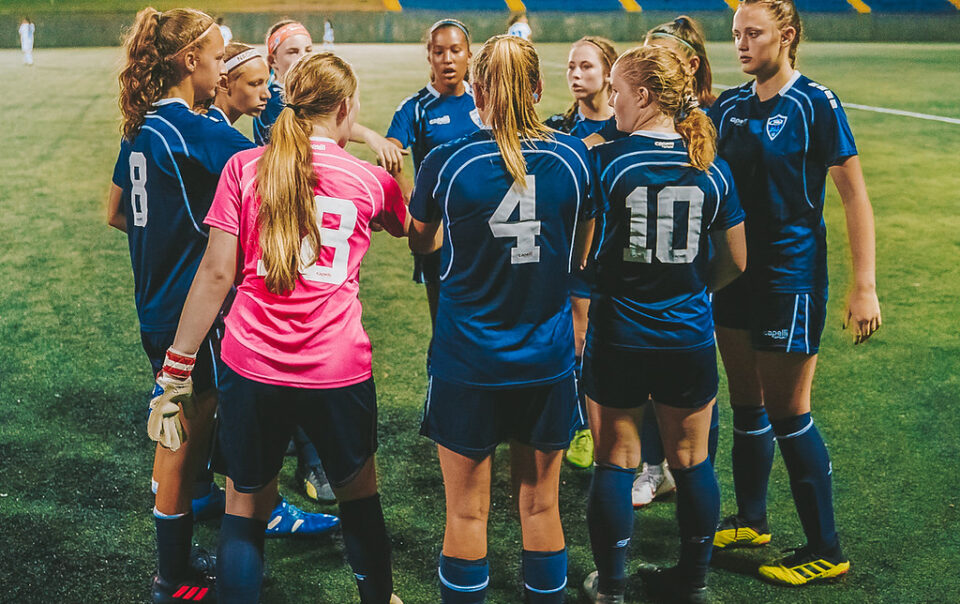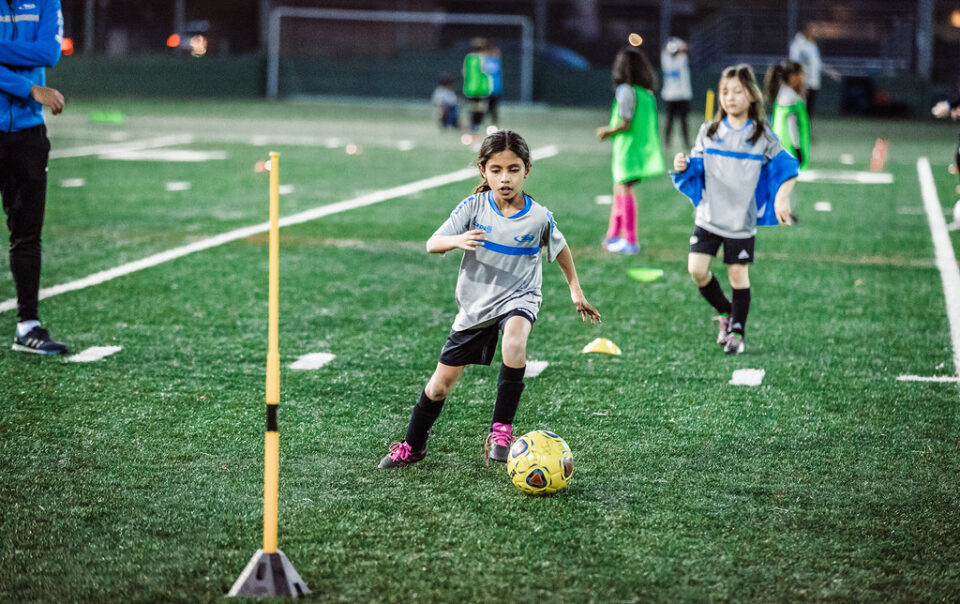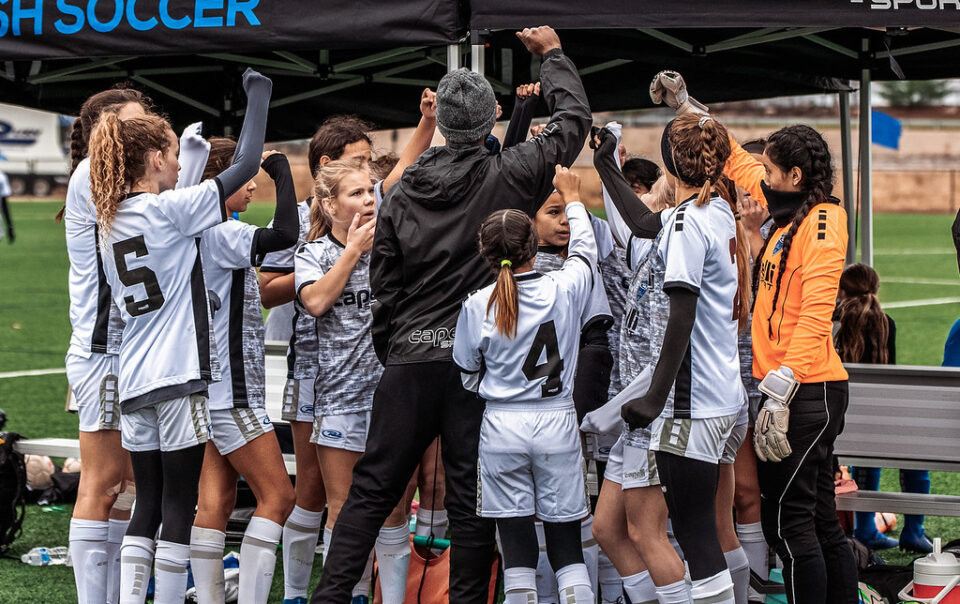The Rush Way is the embodiment of all that is Rush Soccer; the rules and manner in which Rush members hold themselves and how they expect other Rush members toconduct themselves. This is not inherent in all people, but can be learned. The Rush Way encourages passion, leadership, respect and,above all, quality. All whorepresent the Rush are representing the Rush brand and tens of thousands of people throughout the country. The Rush stands for excellence, passion, desire, commitment and respect.
The Rush Way represents our culture, our values and our tradition. It defines who we are, and who we want to be. That is why we embrace it and seek to apply in all our clubs. Every detail, no matter how small, makes a difference. In the end, every culture is built up under a set of small details which it stands for and were it is defined.
Acknowledgement:
When a coach addresses a player during training or competition, it is important the player acknowledges. Communication is two-way.
Throughout the game, tensions, confusion, and many emotions arise, and it’s there, more than nowhere, were we have to stand together. To build that connection, we have to practice it every day, and in all scenarios. By acknowledging each other’s, we strengthen in bond and in communication.
Greeting:
Players are expected to greet the Staff with a handshake for all staff local, national and international. The Rush staff across the country expect their players to shake their coaches hand each time they meet. Why?…respect, build social skills, break down barriers, learn culturally accepted behavior, the list goes on.
It is not what happens, but how we deal with it. Somethings escape our control and let us with little space for choice. It might happen that someday you will be late for practice. But values come first. So first you greet the staff, and then rejoin the team
This is the Rush. This is the Rush Way.


